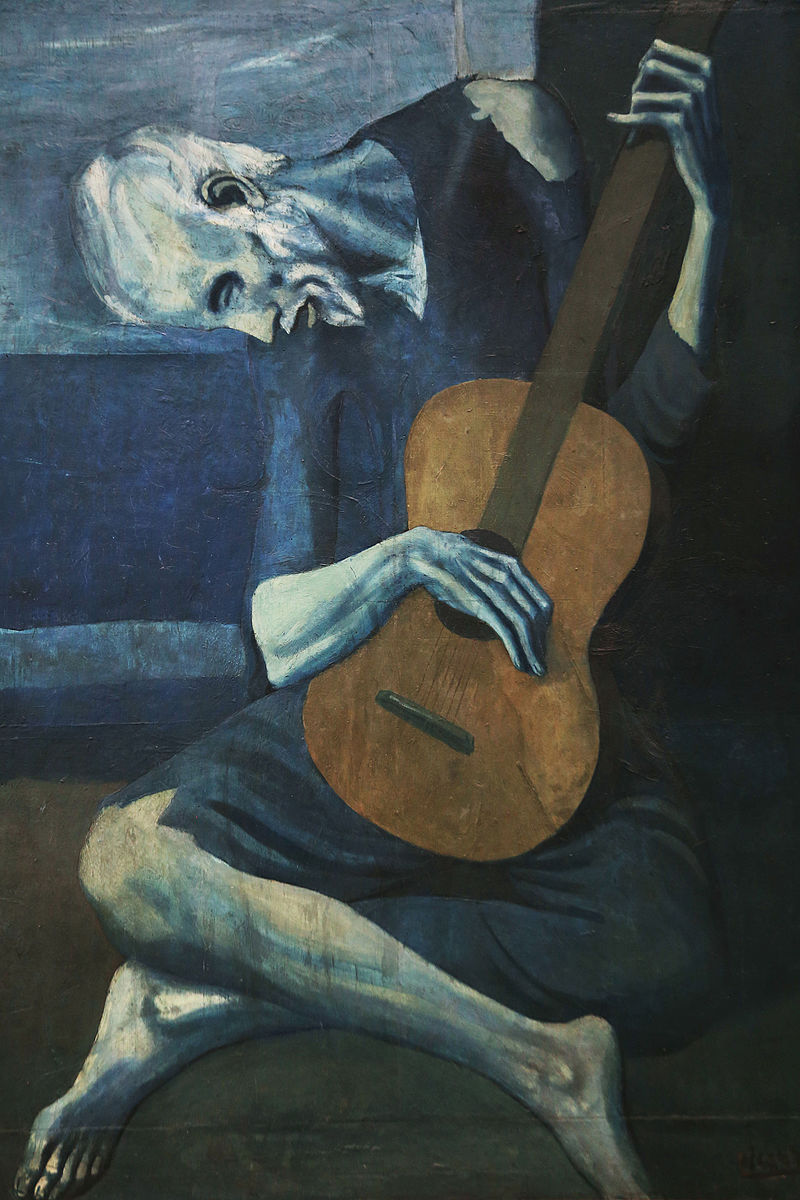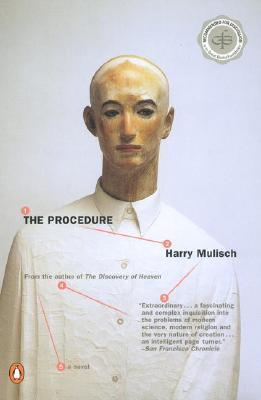Lorca and The Power of the Artist Against Censorship
- liammagin133
- Jun 23, 2025
- 6 min read
Updated: Jul 9, 2025
Today, many writers continue to suffer from censorship. One example of such censorship is undoubtedly what is happening in the United States, where certain works are banned for ideological or gender identity-related reasons (such as Gender Queer by Maia Kobe). Unfortunately, this artistic censorship is very present today and it is, of course, not new. Although it seems to resurface and take more and more importance, censorship has its limits, and the Spanish poet Federico García Lorca successfully fought against it. The aim of this short article is to analyse and show how Spanish dictator Franco’s censorship failed to silence the poet's voice by discussing the ideas developed by Lorca in his poetry and offering hope to those who read it. For this reason, this text devotes its attention to two poems: ‘La Guitarra’ (The Guitar) and ‘Soneto de le Dulce Queja’ (Sonnet of the Sweet Complaint). But before analysing them, I think it is important to give some context about the author.
(Here is a pdf version of the article, as well as a Spanish (language in which I first wrote it) version of it):
Federico Garcia Lorca (1898-1936) was a 20th century Spanish poet. His work, marked by symbolic language, deals with themes such as desire, identity, death and repression. His homosexuality, although never explicitly expressed in his published works during his lifetime, was known by his inner circle and is present in a veiled form in many of his poems, such as the ‘Sonetos del Amor Oscuro’ (Sonnets of Dark Love), which I will discuss later. During Franco's dictatorship (1939-1975), the regime imposed strict censorship on culture, suppressing works that did not correspond to the values of National Catholicism, including Lorca's poetry. His poems were banned until the 1950s and his figure was quite literally silenced (Macciuci 2020). Indeed, Lorca was assassinated in August 1936, shortly after the outbreak of the Spanish Civil War, by forces associated with the pro-fascist side (Gibson 2016).

1. “La Guitarra” (The Guitar) (English translation by Cola Franzen):
The weeping of the guitar begins.
The goblets of dawnare smashed.
The weeping of the guitar begins.
Useless
to silence it.
Impossible
to silence it.
(…)
the afternoon without tomorrow,
and the first dead bird
on the branch
O guitar!
wounded heart
for five swords.
“La Guitarra” (“The Guitar”) deals with the artist's voice in the face of censorship. The poem can be read as a metaphor for the repressed voice of the creator. I begin with this poem, written in November 1921, because it offers a powerful representation of the artist's state in times of suffering and repression. However, it is worth mentioning another poem that reinforces this symbolic reading. The relationship between the guitar and the artist already appears in “Memento”, where the poetic I states: “when I die, bury me with my guitar”. In Lorca's work, the guitar is not just any instrument, but a symbolic literary motif that reinforces the significance of the instrument as part of the artist himself. Consequently, in “La Guitarra” (“The Guitar”), the instrument does not only produce sound: it is the poet who cries through it. This suffering does not arise by out of nowhere: “the weeping” (1) of the guitar, a symbol of the artist, is related to his “heart” wounded (17) by ‘five swords’ (18). The heart, that is, the artistic soul of the poet, has been attacked by a hand whose fingers are swords that want to silence him. This violent image suggests the act of strangling someone, of directly attacking the throat that contains the vocal cords in order to silence them. Interestingly, in Shakespeare's Othello, the English playwright also uses strangulation as a symbolic act. Desdemona, whose words have no influence due to her status as a woman in the 16th century, is at the end literally silenced by her husband. (Read my article ‘Gender Dynamics in Othello’ for further explanations).).Furthermore, the word “swords” also adds an atmosphere of combat and violence, reinforced by other images in the poem such as its “cups [that] break” and “dead birds” (14). If it causes suffering, “weeping” and chaos, it is not enough to silence the voice of the instrument because it is “useless to silence [the guitar]” and, moreover, “it is impossible” (8-10). The guitar will continue to be heard. This is where the symbolic value of “La Guitarra” (“The Guitar”) comes into its own. The poem teaches us that, despite violence and repression, the artist's voice persists. The poet thus transforms suffering into poetic resistance. And his words go beyond his poetry because, in fact, he was not silenced. At least not entirely. It is true that he was murdered in 1936, but his ideas have reached us and continue to be discussed as if he were still with us. In other words, his artistic personality still lives on, even though it is separated from his body. With this in mind, I will now analyse a poem that reinforces this idea: that Lorca and his voice survive death. That is what the following paragraph explains.

2. “Soneto de la Dulce Queja” (Sonnet of the Sweet Complaint) (English translation by Paul Archer, from which I adapted the first line reproduced here)
(...)
Hidden treasure of mine,
if you are my cross and wet tears,
if I am your dog and you my master,
then don’t let me lose what I’ve won
and adorn the branches of your river
with the leaves of my estranged autumn.
(…)
The ‘Sonnet of Sweet Complaint’ can be read as a poem that speaks of homosexuality repressed during Franco's regime, showing the limits of censorship and the immortality of the poet. It does not literally appear that the poem is addressed to a man, but due to the historical context that I have already explained, it would be unlikely to see it explicitly. However, the poem gives us some clues to understand that it is about a man. Firstly, we must remember that it belongs to the collection “Sonetos del Amor Oscuro” (Sonnets of Dark Love). The very title of the collection suggests a clandestine love lived in the shadows of what was socially acceptable. That love, and at the same time the lover, is a “Tesoro occulto mio” or “hidden treasure of mine” in English. This phrase reinforces the secret nature of love because these three words are connected to the very idea of being inaccessible to the public eye. If there is so much emphasis on the hidden nature of the love poem, it is because love itself is secret and hidden because it is forbidden. The word “treasure” evokes something precious and valuable, while “hidden” points to the need to conceal what one loves. Furthermore, Lorca could have chosen many different metaphors to express his love, but he does so with three successive words that are masculine nouns in Spanish (“Tesoro”, “occulto” and “mio”), a way of concealing a homosexual love. Moreover, this poem was written during the 1930s, a time when there was little room for homosexual feelings. However, thanks to literary devices, Lorca managed to express an intimate and forbidden feeling without naming it. Indeed, the form of the poem relates to the theme of love because it is a sonnet, a form traditionally used for love compositions. Evidently, Lorca, a member of the so-called Generation of “27, does not use the sonnet form by chance, but does so with full knowledge of its romantic tradition, following poets such as Góngora (the name '27” refers to the death of Góngora, who died in 1627 and wrote, amongst others, love sonnets). Thus, the Andalusian poet consciously uses a classical structure to express transgressive content, which is in itself an act of artistic resistance. Arguably then, ‘Soneto de la Dulce Queja’ demonstrates that, although his body was silenced, Lorca did not remain silent because the poem was published in 1984, almost 50 years after his death.
In conclusion, censorship tried to silence Federico García Lorca, but it did not succeed in erasing his voice or his artistic personality. Through the poem ‘La Guitarra’, we can understand how the poet transforms the suffering of his repression into an artistic form that defies and overcomes repression. And that victory is in ‘Soneto de la Dulce Queja’, where Lorca manages to speak of a hidden love, which is still discussed today, and which was published 50 years after his death. Although he was murdered, his words still reach us today and he continues to be discussed, demonstrating the power of the artist whom no one manages to ‘silence’. In this way, Lorca offers hope to the artists of our time who also suffer from censorship by assuring them that their artistic voice cannot be silenced.
Bibliography:
García Lorca, Federico. Poesía Completa. Galaxia Gutenberg, 2023.
Gibson, Ian. Vida, Pasión y Muerte de Federico García Lorca: 1898-1936. Debolsillo, 2016.
Macciuci, Raquel. “Lo Que No Se Puede Decir, (No) Se Debe Decir: García Lorca, de Manuel Vicent: Una Aproximación a La Censura En España En 1969.” Censura y Literatura: Memorias Contestadas, vol. 10, Peter Lang, 2020, Frankfurt, pp. 133–155. https://www.memoria.fahce.unlp.edu.ar/libros/pm.4532/pm.4532.pdf
© Liam Magin. All Rights Reserved. This work is the intellectual property of the author. Do not copy or redistribute without permission.



Comments